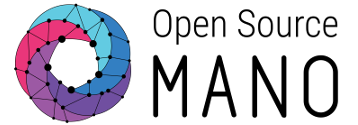Meeting the Challenge of Open Source
.jpg)
January 2017
Luis Jorge Romero, ETSI Director General
When ETSI created its first Open Source group last year, many in the industry were surprised. Open Source MANO was ETSI’s first real step into Open Source, although the subject has long been discussed. I would say it was a necessary step for ETSI.
In the past, Open Source was somehow seen as a rival to standards. It wasn’t just that the economic and licensing models were different, the working methods and makeup of the communities were also quite different. Today, however, Open Source is broadly accepted as having its place in almost all areas of software development. Our standards are increasingly implemented in software. Our industry members have embraced Open Source. ETSI needs to evolve in pace with its members.
ETSI’s future lies in our ability to attract new communities and evolve to meet the needs of new members. This includes learning from the experience of others and adapting our ways of working. The world of Open Source has developed tools and processes to aid collaborative development of software by remote developers. Standards development often faces similar problems: building and attracting communities, ensuring quality of work, completeness and meeting time to market demands. We must be prepared to redesign our ways of working to take account of best practice, wherever it may lie.
In the case of Open Source MANO, we needed quickly to learn new ways. We have had to be flexible and adapt our procedures, our support levels and our IT infrastructure to meet the expectations of this new community. We have adopted all the Open Source tools with which the community is used to working. We’ve been willing to push for the success of this group. From the feedback they give me, I think we have succeeded.
ETSI is serious in this new approach. We anticipate that industry may want to follow with other Open Source initiatives in the wake of Open Source MANO. If this is the case, then we’re ready!
